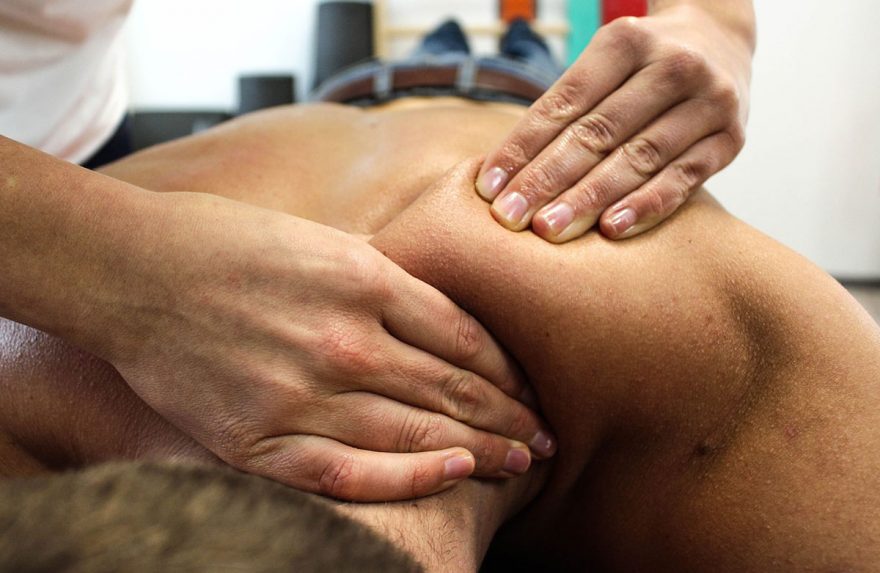
Partly thanks to bruises on Michael Phelps at the Olympic Games last year, cupping gained some attention (and weird looks). In case you missed the buzz around the traditional Chinese therapy, dating back to around 300 or 400 AD. Still used today, cupping is growing in popularity and is used by elite athletes to reduce muscle soreness, improve circulation and speed up the recovery process.
How Cupping Works
Cupping works by placing a glass cup or jar onto the skin and creating a vacuum which pulls the tissue and muscle. The vacuum can also be created soaking a cotton ball in alcohol and lighting it on fire inside the cup just before it is placed on the skin.
Blood flow and circulation are increased due to the stretching of the skin and tissue, which is what helps to kick start the body’s recovery process. By drawing blood to specific areas of the body, you are essentially tricking the body into an inflammatory response and it will attempt to heal it. For athletes, this is particularly useful after a workout or in the lead up to a main competition to make sure that the body is fully rested.
Often, a therapist will use silicone cups and move them around the body while they are attached to target different areas. This produces a more massage-like effect on the body.
Research to Back Up Claims
Surprisingly, there hasn’t been a wide variety of studies done on cupping to definitely prove how effective it is for athlete recovery and muscle soreness. Studies do suggest that it can help to relieve pain for conditions such as chronic neck and back pain, as well as carpal tunnel syndrome.
Some believe that the benefit experienced from cupping could simply be a placebo effect, whereas as others, like Phelps, swear by its effectiveness. There have been studies attempted to prove whether it is placebo or not, but it has been difficult to come to any real conclusion.
Cupping is considered safe to try, given that you receive treatment from a trained professional therapist. Yes, you’ll end up with some fairly impressive bruises, but they should fade within a week or two.
 Your Privacy Choices
Your Privacy Choices
 The
The